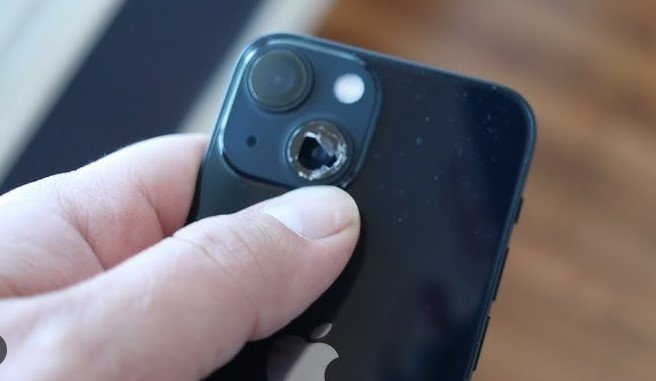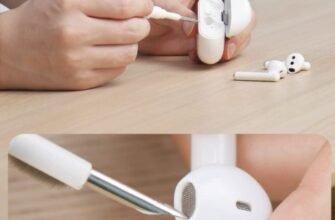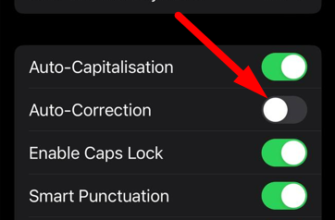Did you drop your iPhone or did it get bumped? Sometimes, the camera can stop working even without visible damage. Additionally, exposure to laser beams can damage the camera sensor. Believe it or not, a night out at the club can “kill” your iPhone’s camera. You’re not the first to encounter this issue. Below, we provide step-by-step instructions on what to do and how to proceed.
Why does the camera break?
The camera modules of the latest iPhone generations are quite massive. In addition, the devices themselves have become larger and heavier, especially when it comes to the Pro and Pro Max models. For example, when dropping the iPhone 14 Pro Max or iPhone 15 Pro, the body of the device can withstand, but the fragile camera, which, by the way, is also protruding, is at risk.
Most of the breakdowns associated with the smartphone camera are mechanical in nature. But there are cases when the iPhone was not dropped, hit or scratched, but it still shoots poorly. In this case, there may be a software failure or another non-obvious factor that affected the serviceability of the device.
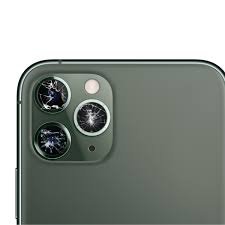
Laser can break your iphone camera.
Yes, the rays can partially damage it, and can even completely disable it. How? Getting into the lenses, the bright beam burns through the photosensor, destroying it. In this case, you will have to replace the entire camera module. But be careful: this should be done only in authorized Apple service centers. Otherwise, you may run into a non-original part. And this is bad, because the iPhone camera is designed with iOS in mind. Accordingly, a non-original module can entail problems with the compatibility of the device and in general work poorly: do not focus, freeze.
There is no external damage, but the camera does not work. How to be?
Have you noticed that the quality of photos or video has deteriorated, or the camera has completely refused to work? Or maybe the flash has stopped working, or iPhone doesn’t focus on the object? It also happens that instead of the image in the viewfinder is just a black picture. We advise you to act as follows:
- First of all, remove from the phone everything that can interfere with the camera – film, case, accessories. Pay attention that there were no magnets near the iPhone.
- Then wipe the lenses with a microfiber cloth.
- Restart the iPhone and check the camera by taking a picture.
- Check how the flash works – turn on the flashlight. If it’s not working properly, the flash may be malfunctioning as well.
If nothing changes after these steps, we recommend contacting a service center. It may be a software malfunction or damage that is not visible to your eye. In this case, your iPhone camera repair is necessary.
Only you can protect your iPhone from such a situation. We advise you to avoid direct laser rays on the matrix: if possible, do not use your smartphone at laser shows, parties and laser tag. There is a danger of damaging the module even if the camera is turned off, but not covered by the protective cover of the case.
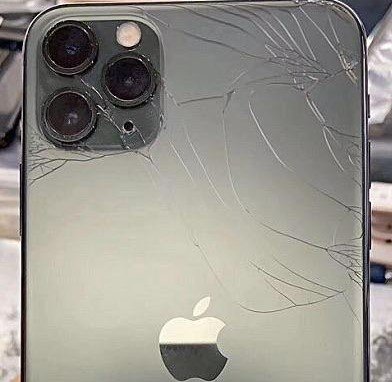
What to do if the camera is broken?
Note that the camera itself, even broken, can function, but we still do not recommend using such an iPhone. The fact is that dust, dirt and moisture can get through a chip or a hole – this can easily disable not only the camera, but also the iPhone as a whole.
That’s why it is better not to delay with the repair of the main camera, and immediately contact the service center. Then there are two options for the development of events:
- iPhone camera glass repair : possible if the camera itself is not damaged.
- Replacement of the entire camera unit: a more complex and expensive option than the cost of glass and its replacement.
What kind of repair you need, as well as the timing and cost of the work you will tell the specialist after diagnosing the iPhone.
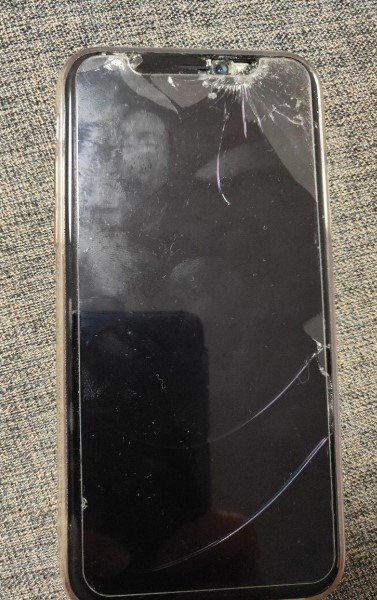
What if the front camera is smashed?
The front camera isn’t just about selfies. In the iPhone, it’s also responsible for other smartphone functions like video calling.
What problems can occur with the front camera?
- Lack of focus.
- Black screen.
- Camera app freezes.
- Backlights.
Such malfunctions can arise both from mechanical damage and due to a software failure. By the way, also camera malfunctions can occur due to the use of iPhone in an unsuitable temperature regime. For example, in winter at minus temperatures.
If you do not see any external defects of the camera, we advise you to do the following:
- Check the iPhone’s memory status: it’s possible that there’s simply no room for new pictures.
- Close all applications that are open on your iPhone.
- Remove the case, protective glass and all additional accessories from your smartphone.
- When framing a shot, try distancing the phone or changing the focus.
If after these actions, the problem still does not solve, you need to repair the front camera of the iPhone. The situation is complicated by the fact that it is in the same block with Face ID sensors, so you may need to replace the entire module. And it is extremely important to do this in an authorized service center. The fact is that the camera unit and Face ID sensor are tied to the iPhone motherboard. And if you move this module from another smartphone, it simply won’t work. And TrueDepth camera cannot be replaced outside of authorized service centers.
Warranty repair
Apple provides a 1-year warranty on its products only in case of manufacturing defects. That is, if after diagnosing your iPhone it turns out that the problems with the operation of the module were caused by a defect, then you will not have to pay for the repair of the iPhone rear camera or “frontal”. If the cause is mechanical disorders, then you will have to pay for the work from your own funds.
Why is it worth going to specialists in official service centers?
Here are the three main reasons:
- Repair of the module and camera on the iPhone (and in general Apple equipment) requires narrow professional skills.
- The engineer must have special equipment and tools.
- Original components for Apple products are supplied only to official service centers. In other workshops you will be able to put Chinese or used parts. Sometimes under the guise of original parts.

